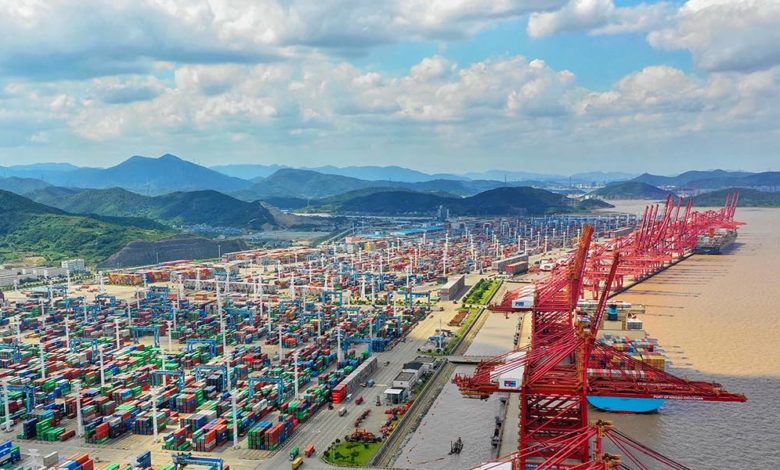
15 Jun Vancouver Container Port Struggles to Improve Global Efficiency Ranking
Introduction:
The Port of Vancouver, a vital hub for international trade in North America, has recently faced significant challenges that have impacted its global efficiency ranking. According to a study compiled by the World Bank and S&P Global Market Intelligence, Vancouver placed second-to-last out of 348 container ports worldwide, signaling areas of improvement within its operations and the broader supply network. Understanding the factors contributing to Vancouver’s low ranking is crucial for addressing the challenges faced by the port and improving its efficiency.
Port Congestion and Supply Chain Disruptions:
The low ranking of the Port of Vancouver is primarily attributed to extensive vessel wait times, which serve as an indicator of overall efficiency. In recent years, the surge in consumer demand has driven a significant increase in imports, causing congestion across ports along the west coast of North America. Vancouver, along with other North American ports such as Prince Rupert, Los Angeles, Long Beach, and Savannah, experienced delays in cargo unloading, leading to prolonged wait times for ships.
Challenges and Bottlenecks:
Several factors have contributed to the inefficiencies at the Port of Vancouver. One major bottleneck occurred at privately-owned “off-dock” facilities, where the build-up of containers resulted in a critical congestion point. Trucking companies faced difficulties returning empty containers to the port or off-docks, leading to a shortage of chassis and delaying further deliveries. This situation resulted in additional costs, such as storage fees, penalties, and demurrage fees, which eventually affected retail prices and increased expenses for importers and shippers.
Supply Chain Disruptions and Storage Challenges:
The shortage of storage space in distribution hubs near major cities like Toronto, Montreal, and Vancouver has further exacerbated the challenges faced by the Port of Vancouver. Warehouses operating at full capacity have struggled to accommodate the influx of goods, hindering the efficient flow of cargo. Importers’ response to previous supply chain disruptions, including increased demand and delayed deliveries, also contributed to the accumulation of goods in warehouses. This overflow required additional storage or discounted pricing, further straining the overall efficiency of the supply chain.
Labor Shortages and Impact on Trucking Industry:
A significant challenge faced by the Port of Vancouver is the shortage of truck drivers. The trucking industry experienced record vacancies, with thousands of unfilled positions in the second quarter of the previous year. The lack of available drivers added to the congestion and delays in cargo flow. Moreover, labor shortages within warehouses and the spillover effects from backlogged American ports like Los Angeles and Long Beach compounded the challenges faced by the port.
Conclusion:
The low global efficiency ranking of the Port of Vancouver highlights the need for substantial improvements in port infrastructure, technology, and coordination within the supply chain. Addressing the challenges of port congestion, storage limitations, labor shortages, and bottlenecks at off-dock facilities is crucial to enhance efficiency and maintain a competitive edge in international trade. These improvements will benefit all stakeholders involved in the shipping industry and contribute to a more streamlined and efficient global logistics network.

